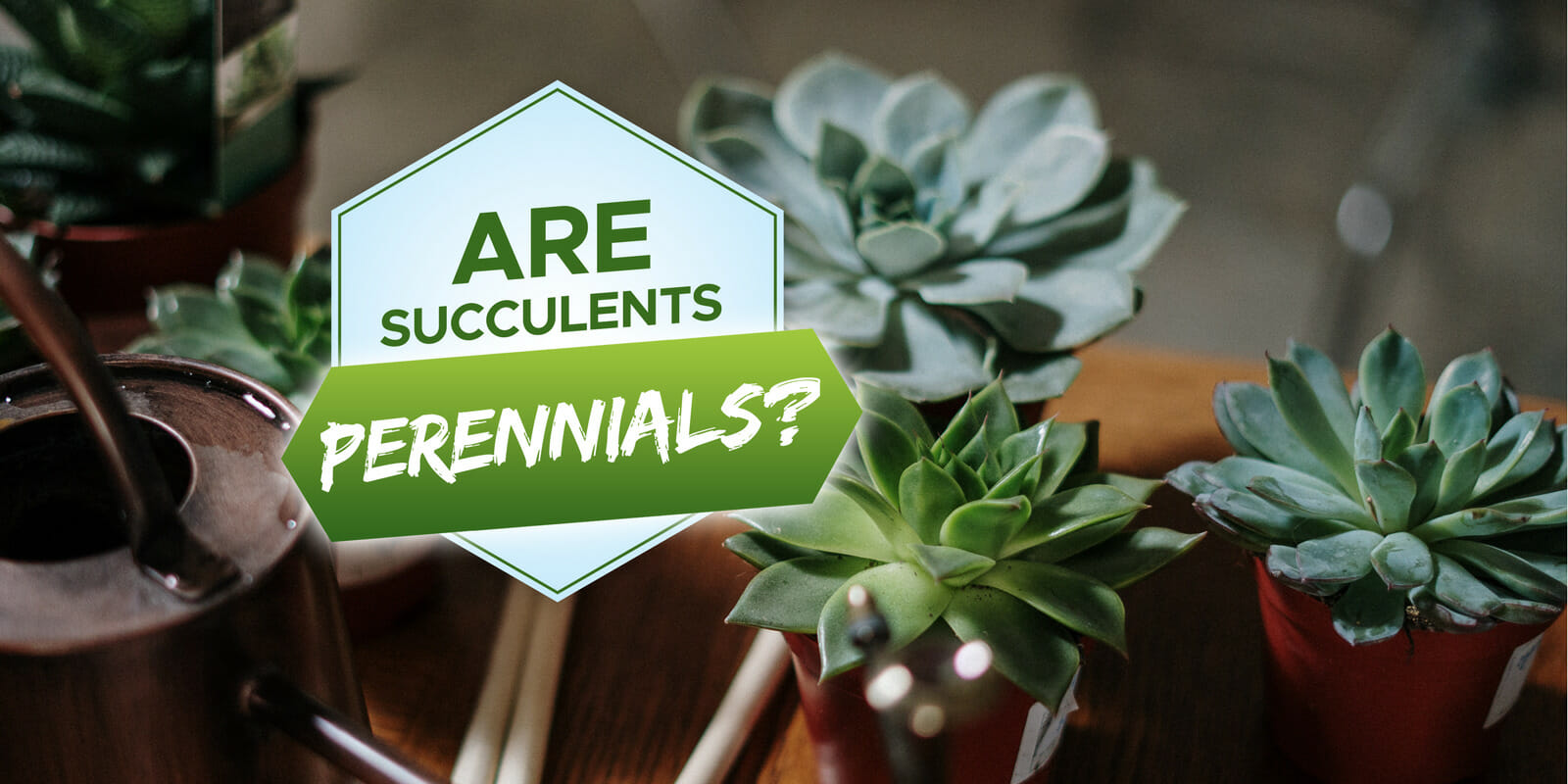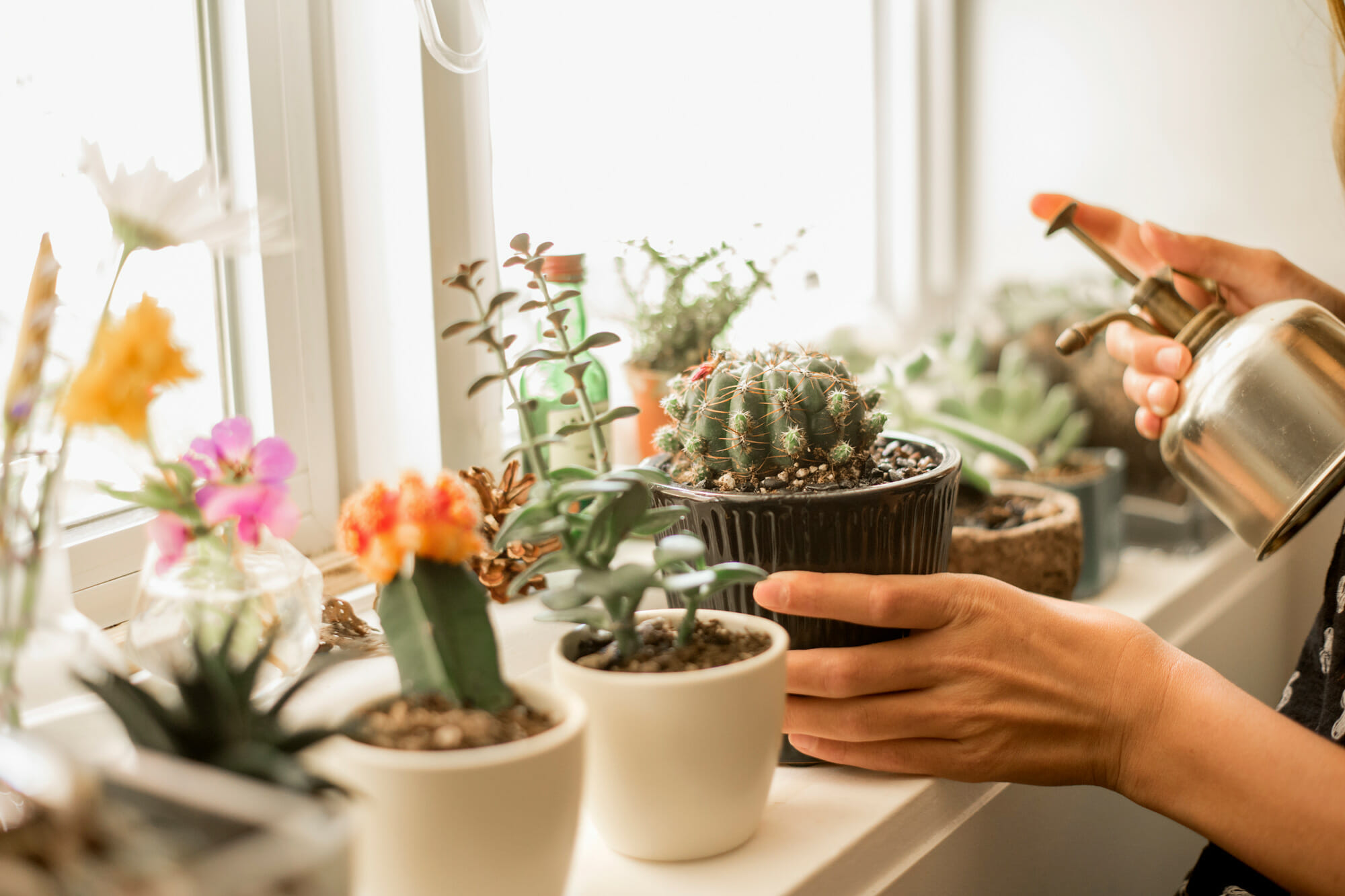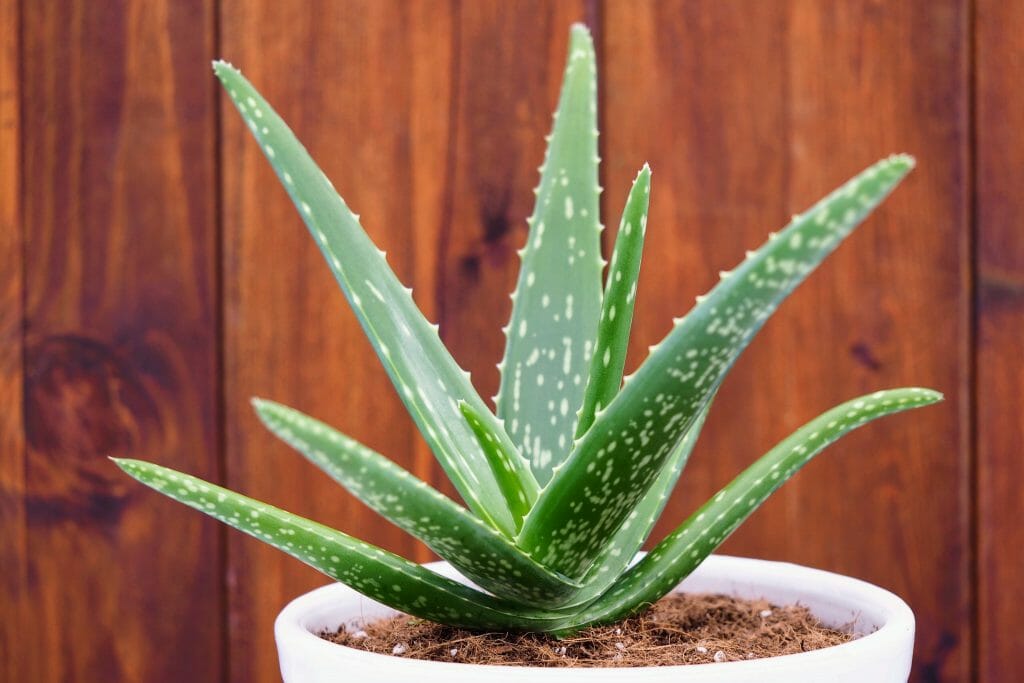While there are many plants that only last one or two growing seasons, perennials are around for the long haul, and if you’re planning out your outdoor garden, you’ll want to choose plants that you know will stay alive for years on end. If you’re looking to incorporate succulents into your garden design, you may be wondering if there are any succulents that are perennials.
Are succulents perennials? The simple answer to this question is yes, most succulent varieties are perennials. However, there is a little more to it than that. Succulents are plants adapted to survive in dry environments by storing water in their leaves or stems. This allows them to go for long periods of time without water, making them well-suited for hot, sunny climates. While most succulents are perennials, there are also a few annual varieties.
In this article, we’ll go over the main differences between annual and perennial plants, which common succulents are perennials, how to care for your perennial succulents, and more! Read on to find out more about succulent care and how to grow your indoor or outdoor succulent garden to last.
Which Succulents Are Perennial Plants?
Most succulents are perennials, but not all. Many succulents grow best outdoors in warm weather with lots of sun and low to moderate rainfall, and they’re hardy enough to live through the harsh winter months. Others, though, work best as outdoor annuals (planted in the spring and either brought indoors for the winter, or left to die outdoors at the end of the growing season).
If you’re unsure of whether your new succulent is a perennial, it’s important to do your research and check with your nursery to make sure that you’re getting perennial plants that will last for years. Here’s a quick look at some common succulents and whether they’re annual or perennial:
| Succulent Name | Outdoor Annual | Perennial |
| Aeonium | X | |
| Sedums | X | |
| Agave | X | |
| Crassula | X | |
| String of Pearls | X | |
| Echeveria | X | |
| Opuntia (Prickly pears) | X | |
| Aloe and cultivars | X | |
| Senecio | X | |
| Sempervivum | X |
What’s the difference between Annual and Perennials?
If you’re new to growing succulents, you may be wondering what the difference is between an annual and perennial, and which one is the right choice for your gardening goals. If you’re planning out your summer garden, you’ll want to decide if your
- Annual plants only live through one growing season. This growing season generally lasts from early spring and into late fall. Some succulents can function as both an annual or a perennial. If you grow a succulent in a climate with varying seasons, it may not last through the winter, and you’ll have to grow it as an annual.
- Perennial plants continue to grow year after year. Usually, a plant is considered a perennial if it lives through three or more growing seasons. Succulents will do well as perennials if they’re indoors or in an environment with steady temperatures and weather.
- It’s important not to confuse perennial with hardiness. Plants can be hardy and live through tough or cold growing conditions, but that doesn’t qualify them to be perennial. This makes a difference because if you plan to grow your succulent outdoors in a climate with harsh winters.
Can All Succulents Be Grown Outdoors?
There is a lot of confusion about succulents and what kind of environment they need to grow in. This is because there are so many different types of succulents, and some are more suited to outdoor growing than others. Can all succulents be grown outdoors? Do they all need direct sunlight?
The answer to both of these questions is no. Not all succulents need direct sunlight, and some can even be grown indoors. It’s important to do your research and understand the needs of the specific succulent you want to grow. In general, most succulents can be grown outdoors if they are given the right environment and care. And at the same time, many succulents can be grown indoors with steady and predictable water and sunlight.
The best way to determine if a succulent can be grown outdoors is to look at its natural habitat. If the succulent is from a hot, dry climate, it will be more likely to thrive in an outdoor setting . If the succulent is from a colder, wetter climate, you may want to consider keeping it indoors where you can control its water intake and temperature more easily.
Frequently Asked Questions:
How long do succulents live?
Succulents are a type of plant that is known for its water-retaining capabilities. Because of this, succulents can live for a long time without needing to be watered regularly. In fact, succulents can sometimes go for months without any water at all.
The main thing to remember when caring for succulents is to make sure they have enough sunlight. Succulents need at least six hours of sunlight per day in order to stay healthy. If they don’t get enough light, they will start to grow tall and spindly in an attempt to reach the sun
How can you tell if your succulent is dying?
Succulents are a popular houseplant because they are low maintenance. However, succulents can still die, and it’s important to be able to identify the signs of succulent death so you can take corrective action.
One of the most common signs that a succulent is dying is when it starts to turn brown. If your succulent is starting to turn brown, it’s likely that the roots have died or are dying. Other signs that your succulent is dying include wilting leaves, drooping leaves, and a loss of color. The first step is to identify the symptoms of succulent death. Wilting, browning leaves and a lack of growth are all signs that your succulent is in trouble. If you notice any of these symptoms, take a closer look at the soil. Is the solid waterlogged or bone dry?
Are cacti succulents?
Absolutely! Simply put, all cactus varieties are succulents, but not all succulents are cacti. Cacti store water in their bodies and leaves in the same way that other succulents do, in order to keep from drying out during long periods of drought, just like other succulents.
The main difference between cacti and other succulents is that cacti have spines. These spines help protect the cactus from being eaten by predators. Succulents don’t have spines, and many have a soft, fleshy outer layer.
Conclusion
Succulents are a great option for gardeners looking for low-maintenance plants, but not all succulents are created equal. Some succulents, like agave, are perennials and will come back year after year. Others, like echeveria, will only live for a season or two.
Be sure to do your research before purchasing succulents, so you can be sure you’re getting plants that will last in your garden. It’s also important to remember that climate will impact whether your succulent will live through the changing seasons and whether keeping the plant indoors will help it live longer.





